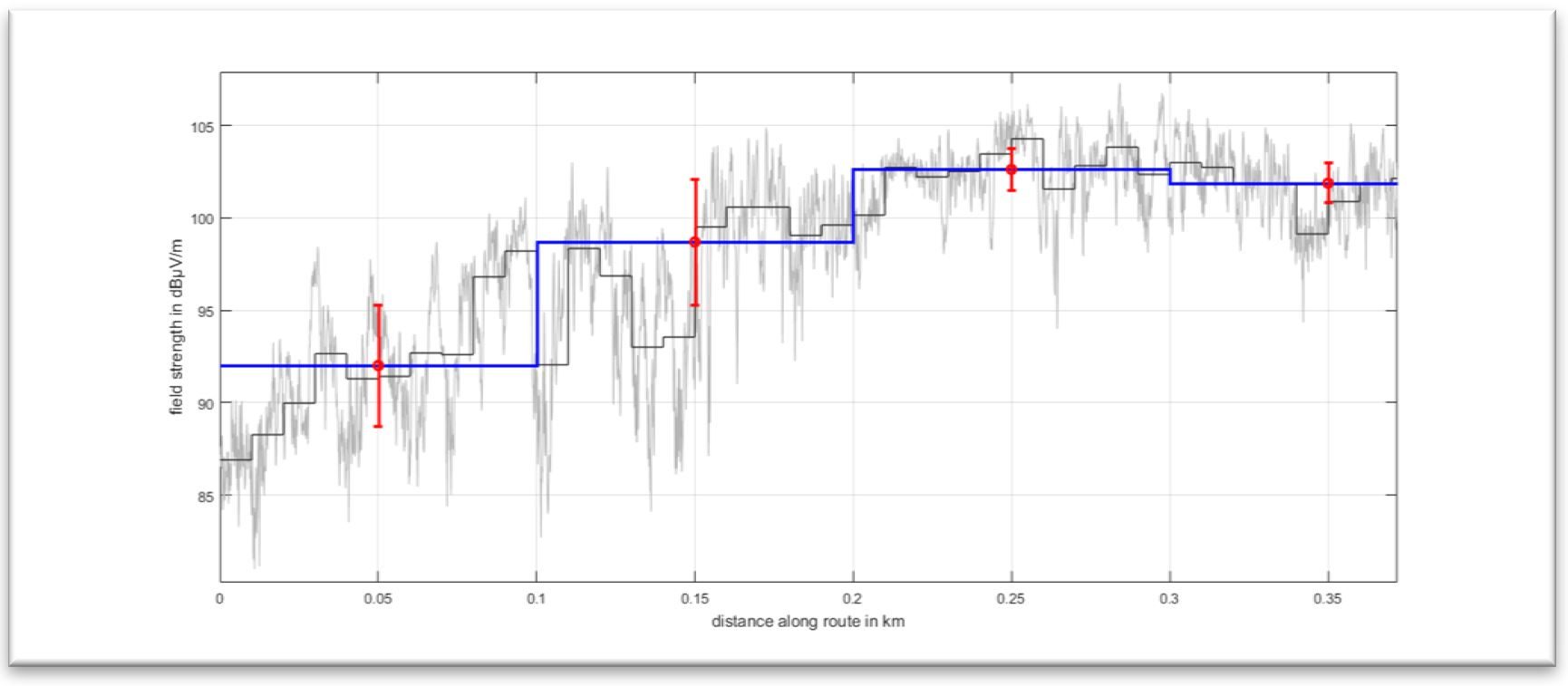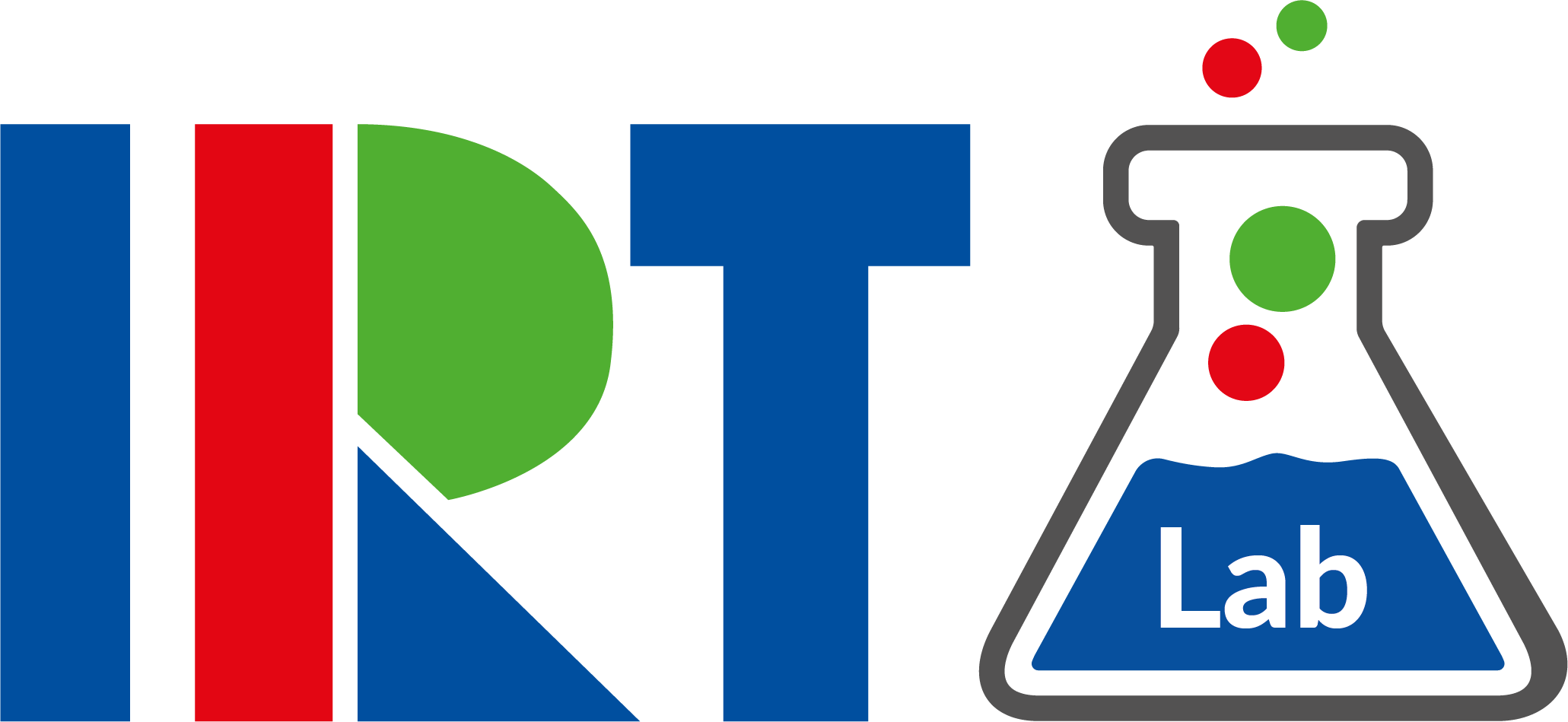At the end of January, the FRANSY-Team offered a webinar presenting the full scoop of what’s new in the just released FRANSY Version 3.4.
FRANSY is the radio network planning tool of the German public broadcasters. It has been developed by the IRT in collaboration with broadcasters and con terra. The planning system offers lots of functions in order to facilitate the complex work of the Frequency Management sections. The functionality comprises coverage and compatibility analysis based on wave propagation models which were developed in accordance with scientific methods and sophisticated accumulation methods for single frequency networks (SFNs) and multi frequency networks (MFNs) up to smart post processing methods. FRANSY covers the services DVB-T2, T-DABplus and UKW FM and their predecessor services. It is also being used by the 5G TODAY research project to ascertain the probable FeMBMS (Further evolved Multimedia Broadcast Multicast Service) technology coverage area.
The webinar presented numerous new functions which were designed to deliver new features, to enhance the performance or facilitate the handling and lead to a secure and reliable operation of FRANSY in order to keep the overview of thousands of transmitters, parameters or results under investigation.
One of the presented functions is the extended synchronisation method within the framework of the SFN-analysis. A new way of stepping through the receiver synchronisation positions in order to find the best C/I-Value (see Figure 1) in the simulation process offers a significant performance gain in a massive reflection scenario. In addition, a new accumulation method gives increased performance.
Figure 1: Exemplary positions of the FFT-Window, classical approach
Another new feature presented, is the extended way of using pixel dependent location variation (see Figure 2a). Already in version 3.3 of FRANSY a general approach using pixel dependent location variation (vs. constant variation over the raster) was introduced. The new version (see Figure 2b and 2c) offers users the opportunity to choose their own way to determine parameters depending on clutter type, frequency and pixel size. This procedure allows users to consider the latest findings of the planning community and thus, leads to further increased precision of the coverage predictions (see Figure 2d).

Figure 2a: Measurement example for pixel dependent location variation (Source: Presentation “Pixelabhängige Streuung”, J. Dieterle IRT)

Figure 2b: GUI Realization of configurable location variation
σ = σbase + σfreq log10 (fGHz) + σres log10 (pixel_sizem)
Figure 2c: Formula for calculating the location variation.

Figure 2d: Exemplary results, in this case coverage improvement due to changed location variation
The FRANSY-Team can pride itself on the highly positive feedback from the audience. The average rating was better than very good. However, it appeared, that the scheduled 90 minutes for the presentation of such a variety of new functions were a bit tight…

